Growth in Construction Activities
The Global Glass Bonding Adhesives Market Industry is significantly influenced by the expansion of construction activities worldwide. As urbanization accelerates, the demand for glass in architectural designs rises, leading to a projected market value of 3500 USD Million in 2024. Glass bonding adhesives are essential for ensuring structural integrity and aesthetic appeal in modern buildings. The trend towards energy-efficient structures also promotes the use of glass, which necessitates high-performance adhesives. This growth trajectory is likely to continue, with the market expected to reach 6500 USD Million by 2035, reflecting a robust CAGR of 5.79% from 2025 to 2035.
Rising Demand in Automotive Sector
The Global Glass Bonding Adhesives Market Industry experiences a notable surge in demand driven by the automotive sector. As manufacturers increasingly adopt advanced glass bonding technologies for windshields and windows, the market is projected to reach 3500 USD Million in 2024. This trend is fueled by the need for lightweight materials that enhance fuel efficiency and safety. Furthermore, the integration of glass in vehicle designs is expected to grow, thereby increasing the application of specialized adhesives. The automotive industry's shift towards electric vehicles may further amplify this demand, as manufacturers seek innovative bonding solutions to meet evolving design requirements.
Regulatory Support for Sustainable Materials
The Global Glass Bonding Adhesives Market Industry benefits from increasing regulatory support for sustainable materials and practices. Governments worldwide are implementing policies that encourage the use of eco-friendly adhesives in various applications, including construction and automotive. This regulatory landscape fosters innovation and investment in sustainable adhesive technologies, which are essential for meeting stringent environmental standards. As a result, manufacturers are likely to prioritize the development of adhesives that not only perform well but also minimize environmental impact. This shift may contribute to the market's growth trajectory, aligning with global sustainability initiatives.
Increased Focus on Renewable Energy Solutions
The Global Glass Bonding Adhesives Market Industry is positively impacted by the rising emphasis on renewable energy solutions, particularly in solar energy applications. Glass bonding adhesives play a vital role in the assembly of solar panels, ensuring durability and efficiency. As countries invest in renewable energy infrastructure, the demand for high-performance adhesives is expected to grow. This trend aligns with global efforts to transition towards sustainable energy sources, potentially driving the market value to 6500 USD Million by 2035. The integration of glass in energy-efficient technologies further underscores the importance of reliable bonding solutions in this sector.
Technological Advancements in Adhesive Formulations
Innovations in adhesive formulations are a critical driver for the Global Glass Bonding Adhesives Market Industry. Manufacturers are increasingly developing advanced adhesives that offer superior bonding strength, durability, and resistance to environmental factors. These technological advancements enable the use of glass in diverse applications, from consumer electronics to aerospace. As the industry evolves, the introduction of eco-friendly and sustainable adhesive options is likely to gain traction, aligning with global sustainability goals. This shift not only enhances product performance but also caters to a growing consumer preference for environmentally responsible materials, thereby expanding market opportunities.
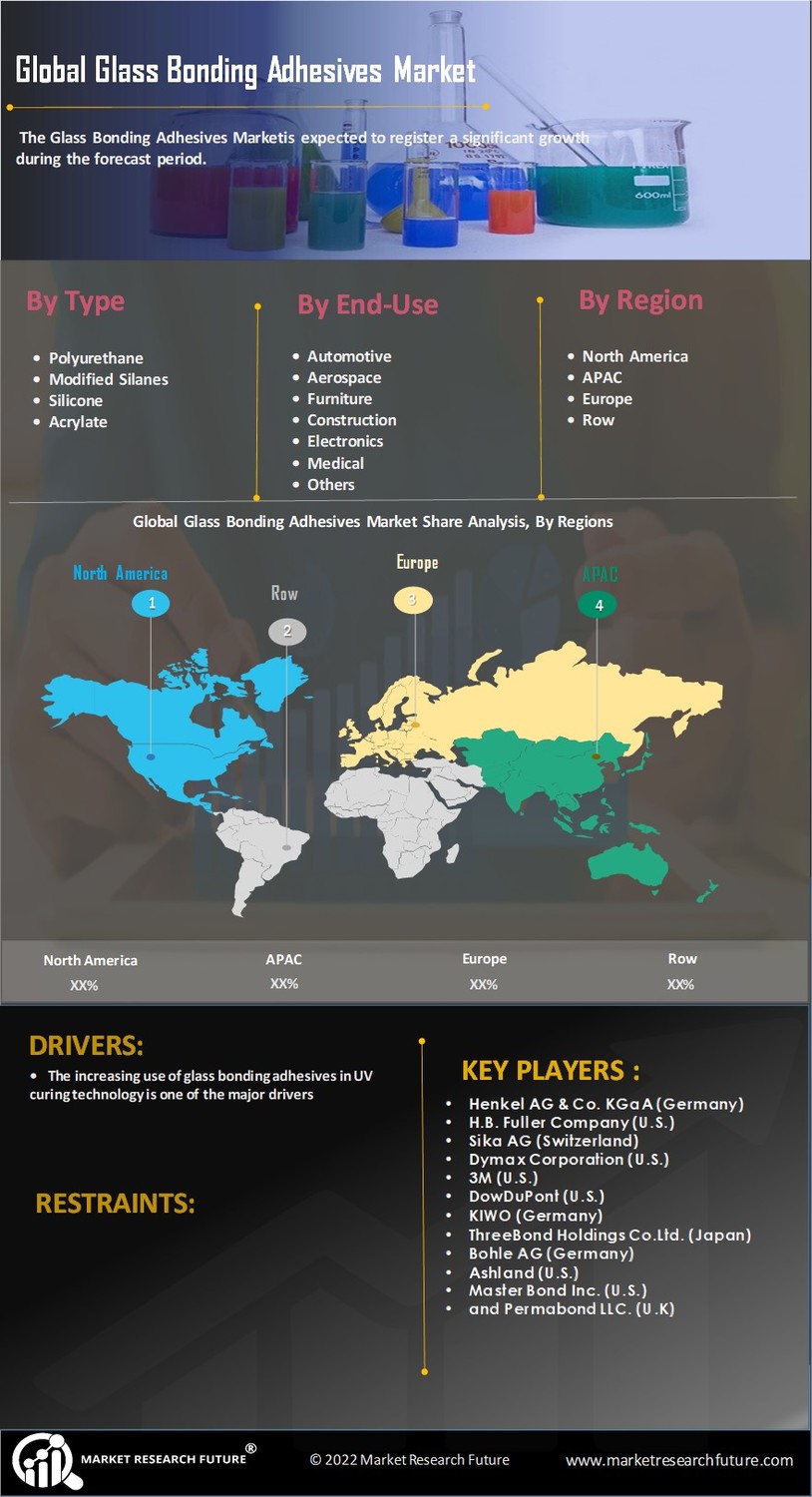

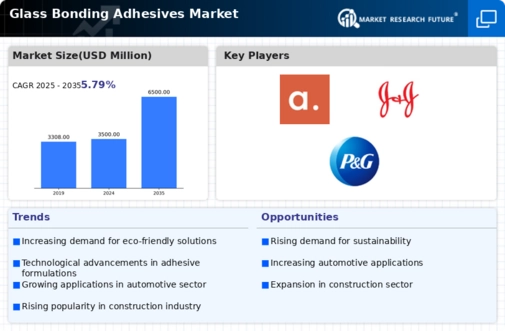
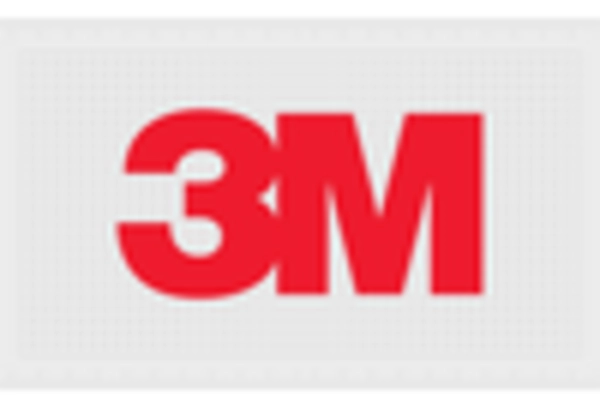

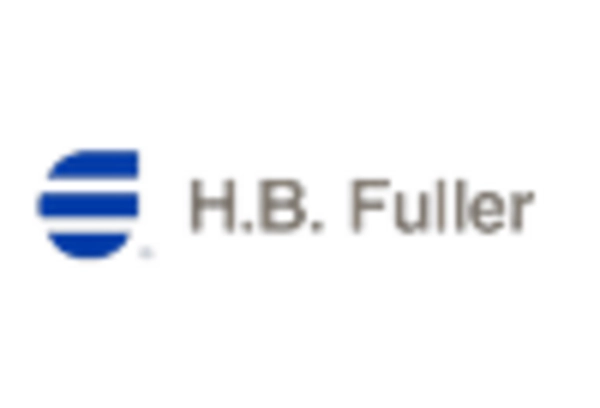
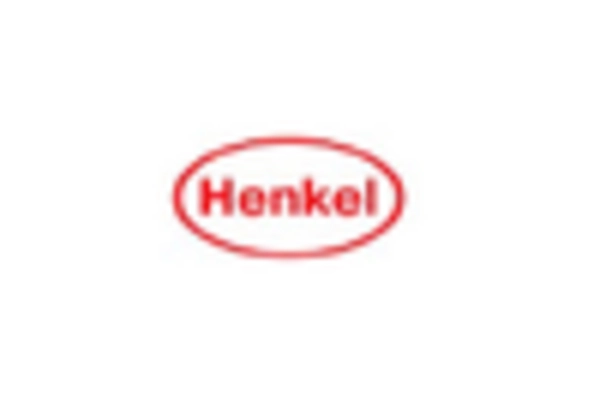
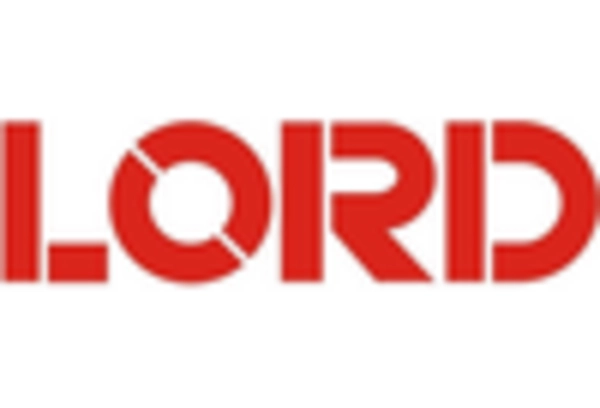
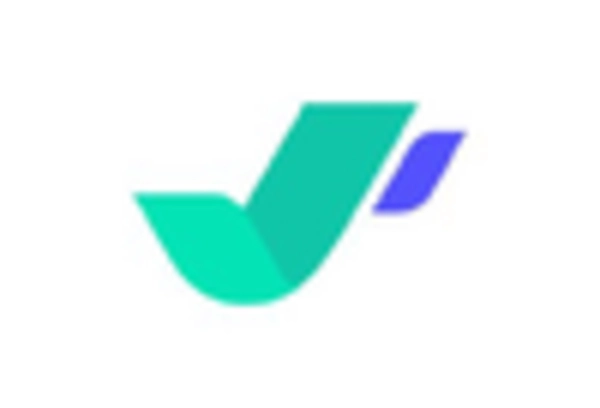








Leave a Comment